One of Trump’s key economic policies is the use of tariffs aimed to protect U.S. industries and strengthen the economy. After beginning his second term as president, he has already imposed a 10% tariff on Chinese goods and plans to introduce a 25% tariff on all U.S. steel and aluminum imports.
Interestingly, the US is not the only country that promotes tariffs in international trade; most Asian nations have higher tariffs on American exports than the U.S. has on their exports. For instance, South Korea imposes a 13.6% tariff on American exports, while the U.S. imposes a 1.9% tariff on South Korean exports. Likewise, the European Union and nations such as Brazil charge higher tariffs on many U.S. imports than what the U.S. charges them on their exports. If the U.S. were to equalize these tariffs, it would have a substantial effect on these economies, which rely heavily on the U.S. market.
Key Takeaways
- Many Asian countries, like South Korea and India, impose much higher tariffs on U.S. exports than the U.S. does on their goods.
- Trump’s Reciprocal tariffs from the U.S. could hurt exporters in Vietnam, India, Thailand, and even Japan, despite their strong trade and security ties with the U.S.
Tariff Disparities Between the U.S. and Asian Trading Partners
The following table displays the tariffs imposed by several Asian nations on U.S. exports against the tariffs applied by the U.S. on their goods. The statistics reflect a significant disparity, with nations such as South Korea and India applying considerably higher tariffs to U.S. exports than the U.S. applies to their products.
| Trading Partner | Tariffs on U.S. Exports | U.S. Tariffs on Imports |
|---|---|---|
| 🇰🇷 South Korea | 13.6% | 1.9% |
| 🇮🇳 India | 10.5% | 2.7% |
| 🇹🇭 Thailand | 4.8% | 1.7% |
| 🇵🇭 Philippines | 3.9% | 2.1% |
| 🇹🇼 Taiwan | 1.6% | 0.7% |
| 🇲🇾 Malaysia | 1.4% | 0.7% |
| 🇻🇳 Vietnam | 3.3% | 3.1% |
The data is sourced from CNBC.
U.S.-Asia Tariffs Comparison
The U.S. has been a major trading partner for most Asian nations for a long time. While some nations, such as Taiwan and Malaysia, charge relatively low tariffs on U.S. imports, others, including South Korea and India, impose higher tariff rates on US goods.
As indicated in the table, South Korea and India impose some of the highest tariffs on American exports, at 13.6% and 10.5%, respectively. Comparatively, American tariffs imposed on their exports are significantly lower at 1.9% and 2.7%. If the U.S. were to impose reciprocal tariffs, it would disturb trade flows and harm these economies, which rely significantly on access to the U.S. market.
In recent years, the United States has endeavored to address these trade deficits through negotiations and agreements. The U.S.-South Korea Free Trade Agreement (KORUS), for instance, has helped decrease tariffs and enhance trade.
How a 10% Tariff on China Could Hurt Both the U.S. and Chinese Economies
Tariffs Difference Between the US and its Trading Partners
The table below presents the tariff difference between the US and its trading partners.
| Category | Countries & Tariff Rates | USA Tariff Rate |
|---|---|---|
| Motorcycles | 🇮🇳 India – 30% | 2.40% |
| Cars | 🇦🇷 Argentina – 35% 🇪🇺 European Union – 10% | 2.50% |
| Agricultural Products | 🇯🇵 Japan – 38% | 0% |
| Ethanol | 🇧🇷 Brazil – 18% | 2.50% |
The data is sourced from the DW.
United States tariff rates tend to be relatively low when compared with many other nations. For instance, India puts a 30% tariff on motorcycles, yet the US imposes only 2.4% tariffs in return. In the car industry, the European Union charges a 10% tariff for imported cars from the US, whereas the United States puts only 2.5% tariffs on EU car imports. However, US tariffs on pickup trucks and commercial vehicles are far higher than the EU.
Potential Impacts of Trump’s Reciprocal Tariffs on US and Asia
Trump’s tariff policies have raised fears of a global trade war and created uncertainty for businesses and economies across Asia and beyond. The introduction of reciprocal tariffs could lead to new trade talks and potentially reduce tariffs on U.S. exports. However, experts warn that these tariffs may hurt the U.S. economy as they will increase the cost for businesses and consumers.
According to the Council of Foreign Relations, reciprocal tariffs can impact exporters in Asian countries that depend heavily on the U.S. market. Although China has sheltered itself from American exports to a large extent, countries such as Vietnam, India, and Thailand remain vulnerable to Trump’s tariff policies. Vietnam, despite its strong strategic security relationships with the U.S., could still be hit hard by reciprocal tariffs. India and Thailand could also face similar risks as both of the nations export a wide range of goods to the United States. Additionally, Japan, a long-standing allay of the United States, also faces the possibility of reciprocal tariffs.
Conclusion
Tariffs are a key component of Trump’s economic policy. By taxing imports, he sought to shield American businesses, lower the trade deficit, and generate jobs. In 2018, his government initiated a trade war against China, charging tariffs on billions of dollars’ worth of Chinese products. China retaliated with its own tariffs, resulting in a protracted trade war between the two countries that affected both economies.

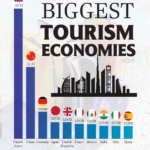
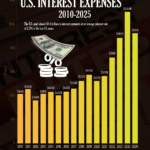
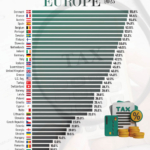

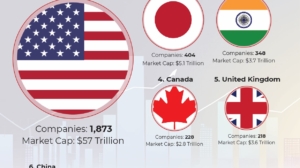
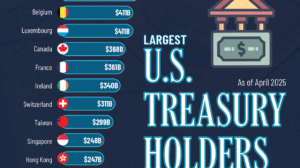
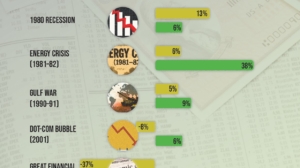
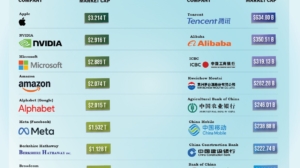
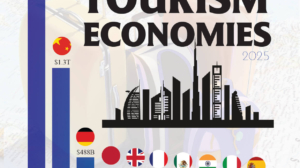
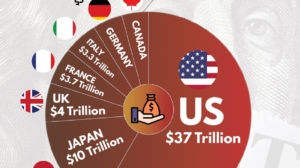
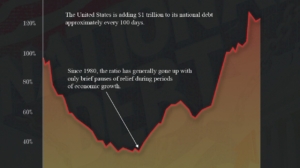
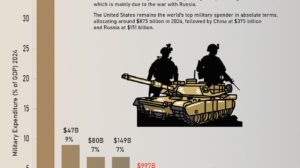
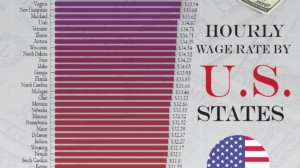
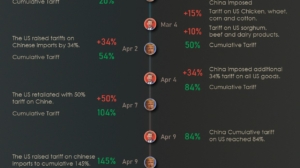
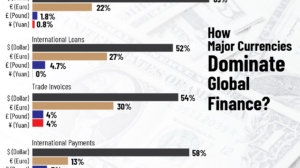
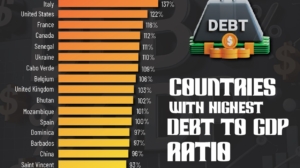
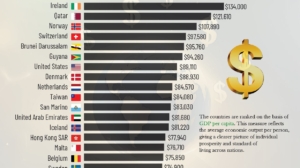
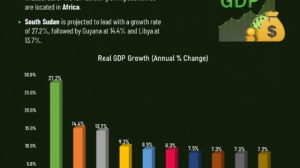
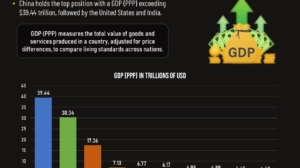
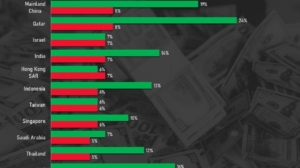
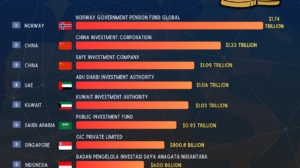
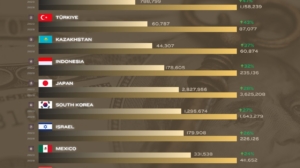
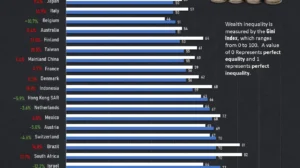
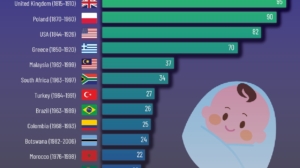
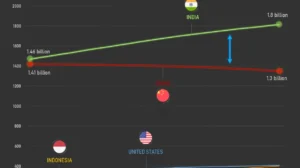
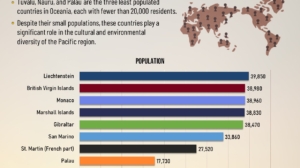
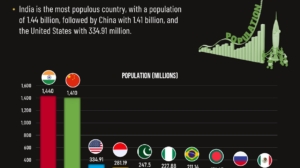
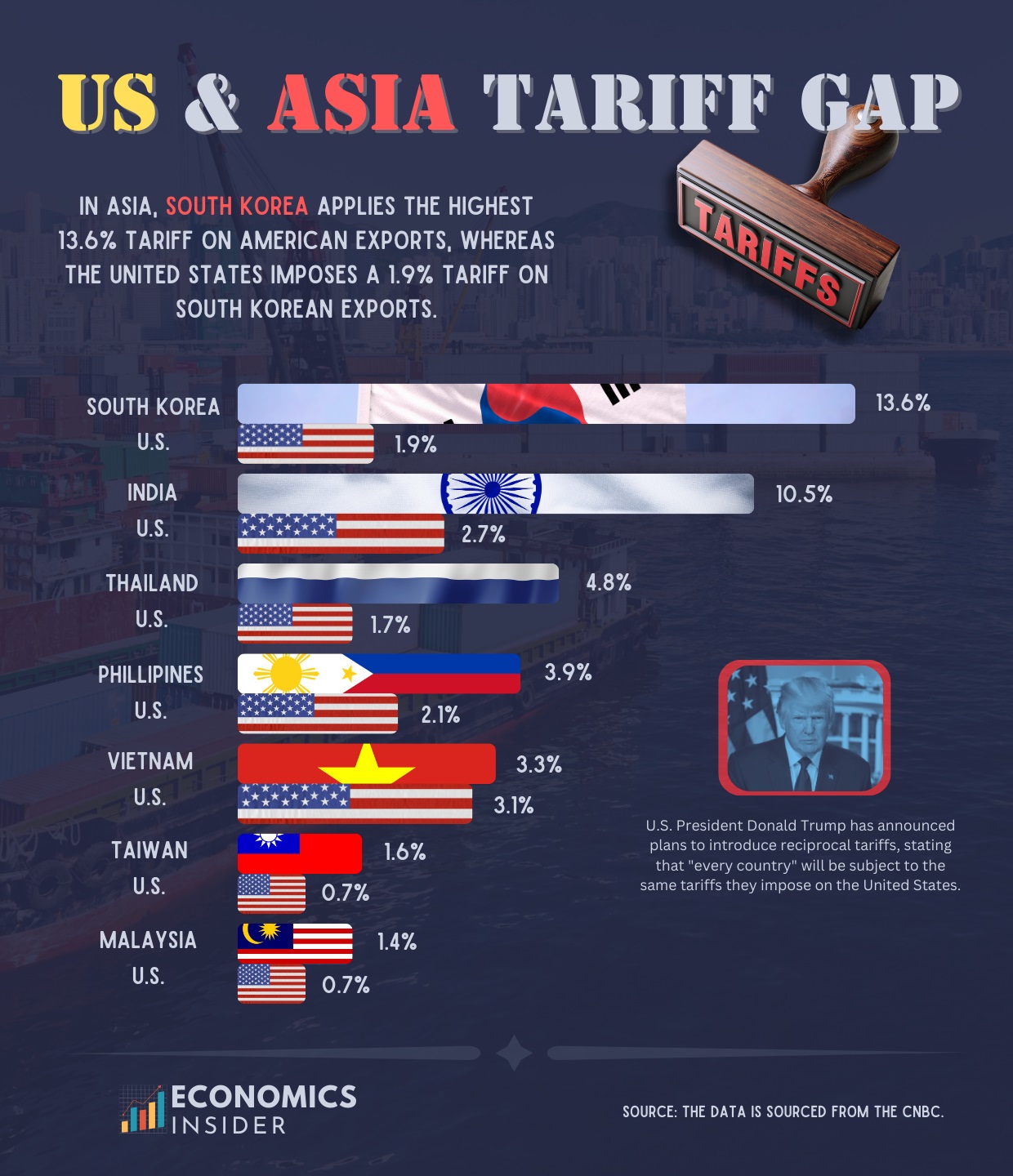
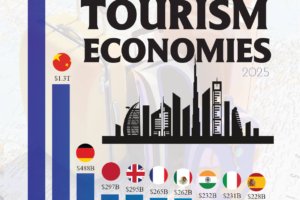
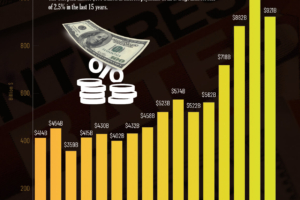
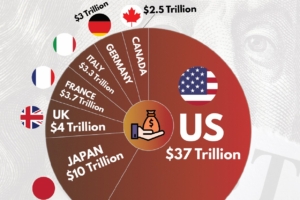








Add Comment